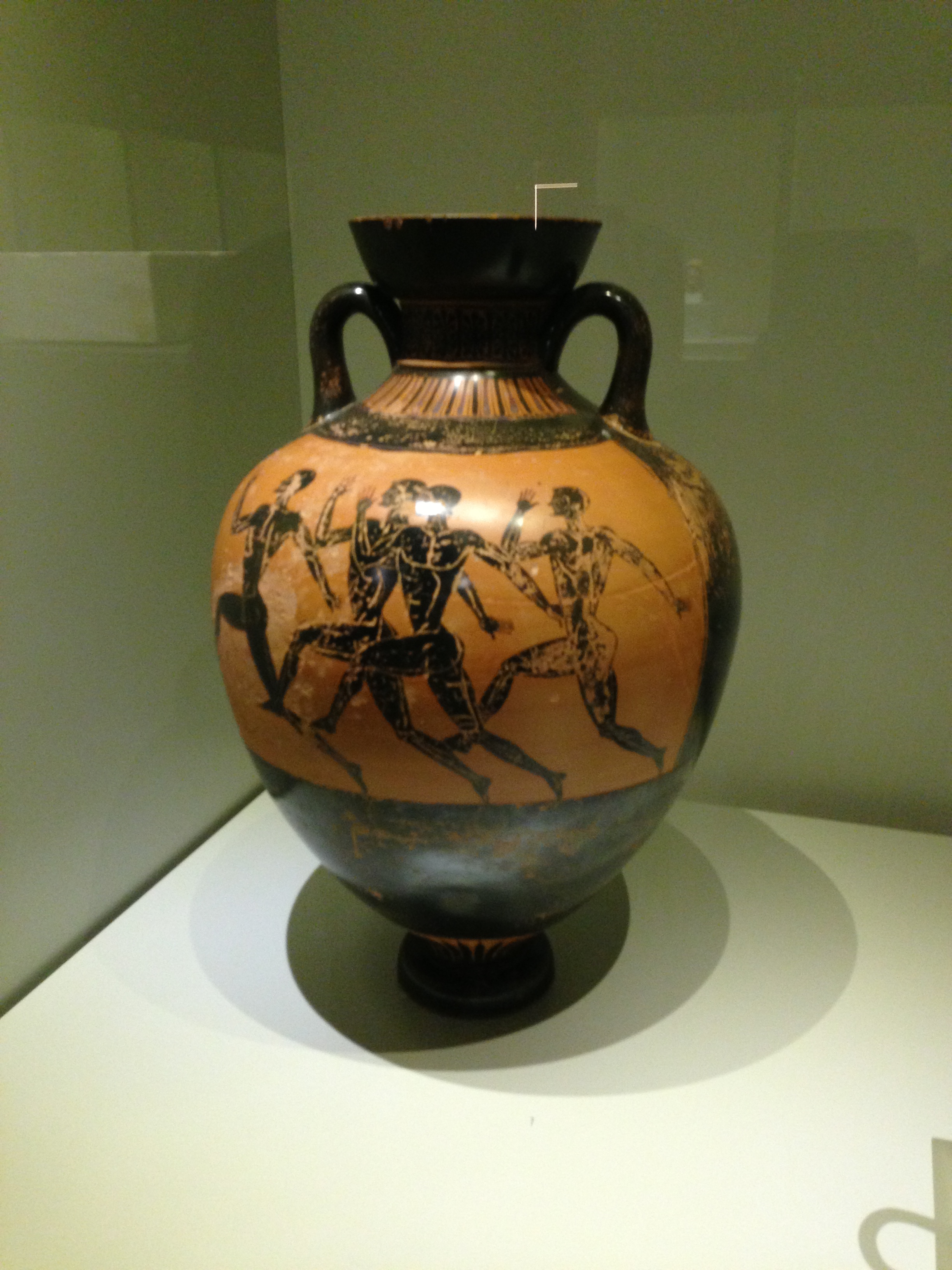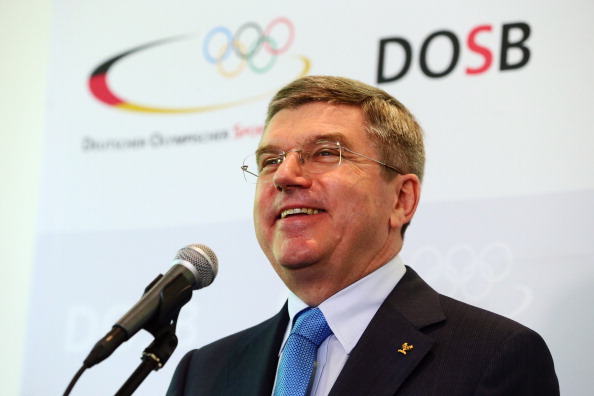In a moment rich with symbolism, Singapore's Ser Miang Ng announced Thursday he is a candidate to become the next president of the International Olympic Committee. Ng, 64, made the announcement in Paris, at the Sorbonne, the university where in 1894 Pierre de Coubertin and his invitees met in the Salle Octave Gréard to revive the Olympic Games. There began the audacious idea of making this modern Olympic committee something that might someday be truly, indeed profoundly, international.
Now the movement includes more national Olympic committees, 204, than the United Nations has member states, 193.
The "values of sport," Ng said Thursday, "are tomorrow's living Olympic legacies." At the same time, he said, "The world is changing -- and the movement must evolve with it."
Ng's candidacy makes two now in the presidential race. He joins Germany's Thomas Bach, who jumped in last Thursday.
Others expected to make announcements in the coming days include Ukraine's Sergei Bubka, Puerto Rico's Richard Carrión and C.K. Wu of Chinese Taipei.
The deadline for declaring is June 10. The vote is due to be held Sept. 10 at the IOC's all-members assembly in Buenos Aires. The new president will replace Jacques Rogge, who has led the IOC since 2001; Rogge replaced Juan Antonio Samaranch of Spain, who served for the 21 years before that.
With one exception, American Avery Brundage, who served from 1952 to 1972, all the IOC presidents have been European.
Even now, the IOC remains traditionally Eurocentric -- 43 of the current 101 members are European -- and Bach is widely presumed to be the front-runner in the campaign.
That said, Ng has for months been traveling the world, quietly sounding out the membership.
Ng's resume, briefly: Successful businessman and diplomat. Former vice president of the international sailing federation. Chair of the organizing committee of the inaugural Youth Olympic Games, in Singapore in 2010. Member of the London 2012 and Beijing 2008 coordination commissions. IOC member since 1998 and its current first vice president.
Ng set the stage for Thursday's announcement by meeting Monday with Rogge at IOC headquarters in Lausanne, Switzerland. To then seize the moment by invoking de Coubertin and what Ng called this "historic, sacred place where I am inspired by our past and encouraged for our future" -- it ought to be plain that Ng is savvy, indeed, and can be expected to be a formidable candidate.
Ng said in an interview, "The IOC is strong and on sound footing thanks to the leadership of President Rogge. But definitely we live in fast-changing times, with economic challenges around the world. A lot more can be done; there is a lot more we can do. It will take discussions with members to reach a shared vision; we can go from there. Definitely we are on a shared foundation, a shared footing."
The vision thing is one of three notes that came through loud and clear from the Sorbonne:
One, Ng's emphasis on Olympic values. Young people need to be "at the center of the movement," he said, and the IOC members themselves, "blessed with a wealth of experience and knowledge," must be empowered to work with other stakeholders to "share our strengths."
He talked, too, about "silent heroes" such as Games volunteers and organizing committee staff -- with "inspiring Olympic stories to share," and said the IOC should "help them do so."
Two, while some press accounts will inevitably try to portray him as an "Asian candidate," as if that was some sort of one-dimensional thing, he said, "I am proud to be Asian but I am also a global citizen."
Ng is Singapore's ambassador to Norway, its former ambassador to Hungary and chaired IOC commissions that chose African and South American cities to host IOC assemblies.
He added, "I understand that the strength of the movement lies within its diverse interests and perspectives -- all of which are valuable -- now more than ever."
Three, Ng for sure can rattle off details of what he would want to do, and in the "manifesto" -- Olympic jargon for to-do plan -- he is already sending to the members there absolutely are details. Some would seem obvious, and he talked about them Thursday: review the size and cost of the Games as well as the sports on the Olympic program.
That Ng's manifesto is already in the mail stands as an immediate, and intriguing, point of campaign contrast with Bach. Bach said he plans to wait until next month to make his platform available to the members.
At the same time, Ng played Thursday to the big picture -- to "goals not yet realized ... summits not yet reached ... and vistas not yet seen."
He said, "The Olympic movement faces an increasingly interconnected world.
"This will require a leader with an inclusive leadership style and worldview based on collective input and decision-making.
"And, this will require a leader who can empower the Olympic movement behind a unifying vision."
In an interview, he elaborated: "I believe this competition is not about me. It's about vision and style of leadership. I believe we need inclusion and a universal leader who is able to take into account all the different views and to empower members to be involved. The movement is bigger than one. The movement is bigger than one's self."
Back to his remarks at the Sorbonne. He closed by saying: "At every Olympic Games, the world comes together in a celebration of what it means to be human, what it means to strive and what it means to share in each other's dreams.
"…The future of the Olympic movement is written in the dreams of young people around the world. It is my most sincere desire to help all young people, everywhere, make those dreams come true. Thank you. Merci beaucoup."










